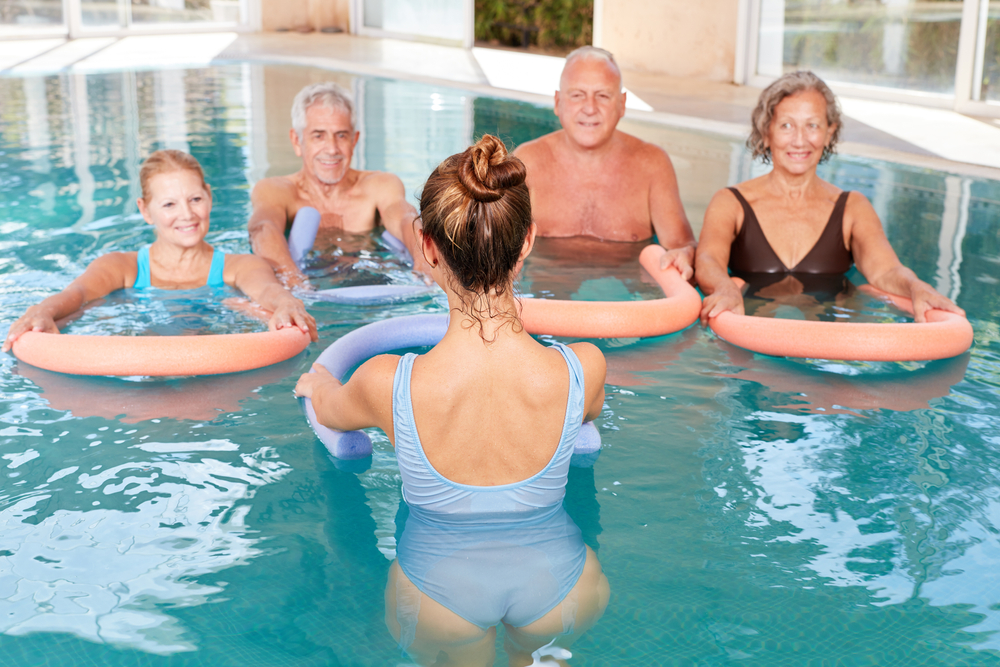Make an Appointment
This blog explores effective, evidence-based exercises for upper limb rehabilitation following injury, surgery, or neurological conditions. Learn how targeted movement supports function and independence.
The upper limb (comprising the shoulder, arm, elbow, wrist, and hand) is critical to daily independence. Whether you're lifting groceries, getting dressed, brushing your teeth, or typing, these movements depend on strength, coordination, and control across multiple joints and muscle groups.
Injury, surgery, neurological events (like stroke), and conditions like arthritis or repetitive strain can impair upper limb function. That’s where targeted rehabilitation exercises come in.
This article focuses on the types of exercises used in physiotherapy to restore mobility, strength, and fine motor control in the upper limbs. We explore how therapy is tailored based on cause and severity, and how NDIS participants can access ongoing support for arm and hand rehabilitation at home.
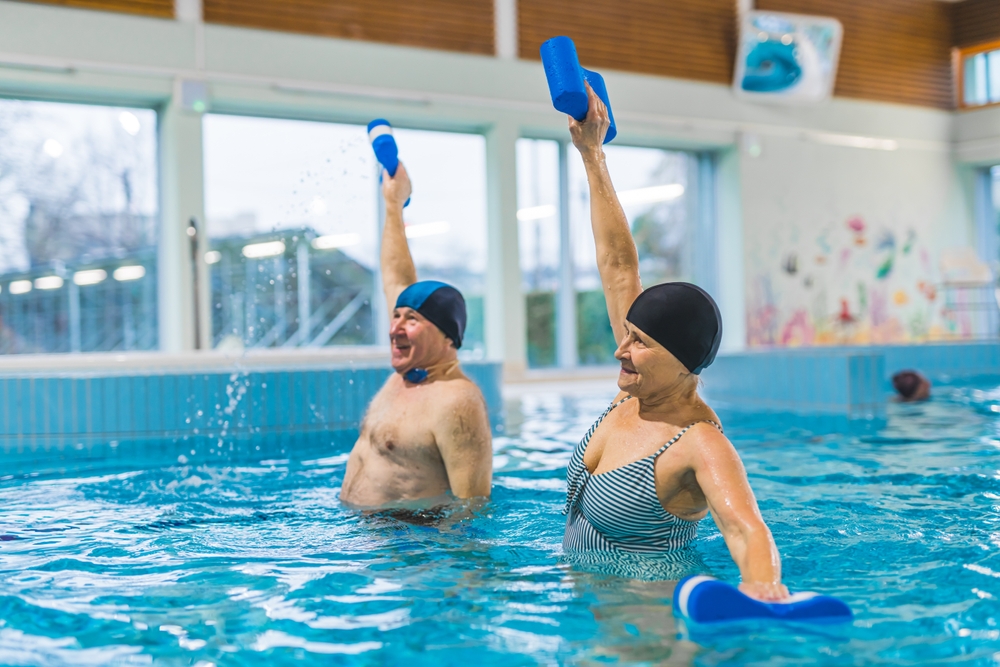
How Do I Rehab My Upper Arm?
Rehabilitating the upper arm involves restoring movement, rebuilding strength, and retraining control, all within a carefully guided progression.
Step 1: Understand the underlying cause
Before starting exercises, a physiotherapist will identify why your upper limb is impaired. Causes might include:
- Rotator cuff injury or shoulder impingement
- Bicep or triceps tendonitis
- Post-surgical recovery (e.g. shoulder arthroscopy)
- Fracture or dislocation
- Stroke or neurological event
- Muscle atrophy due to inactivity or immobilisation
Treatment is guided by the stage of healing, symptoms (pain, weakness, stiffness), and the person's functional goals.
Step 2: Restore range of motion (ROM)
Early rehab focuses on gentle, pain-free mobility to prevent stiffness and maintain joint health. For example:
- Pendulum swings (shoulder): Lean forward, let your arm hang, and gently swing it in circles.
- Assisted flexion/abduction: Use a wand or dowel to help guide your arm overhead or out to the side.
- Table slides: Rest your hand on a cloth or towel and slide it forward along a table to increase shoulder range.
Step 3: Rebuild strength progressively
Once movement is comfortable, strength training begins with low-resistance, high-repetition exercises, such as:
- Isometric holds (press into a wall without movement)
- Theraband rows or external rotations (targeting rotator cuff)
- Arm raises with light weights (build deltoid and biceps strength)
These exercises target functional muscles, those used in dressing, grooming, lifting, and transferring weight.
A physio will guide you on form, frequency, and progression, ensuring you don't overload healing tissues.
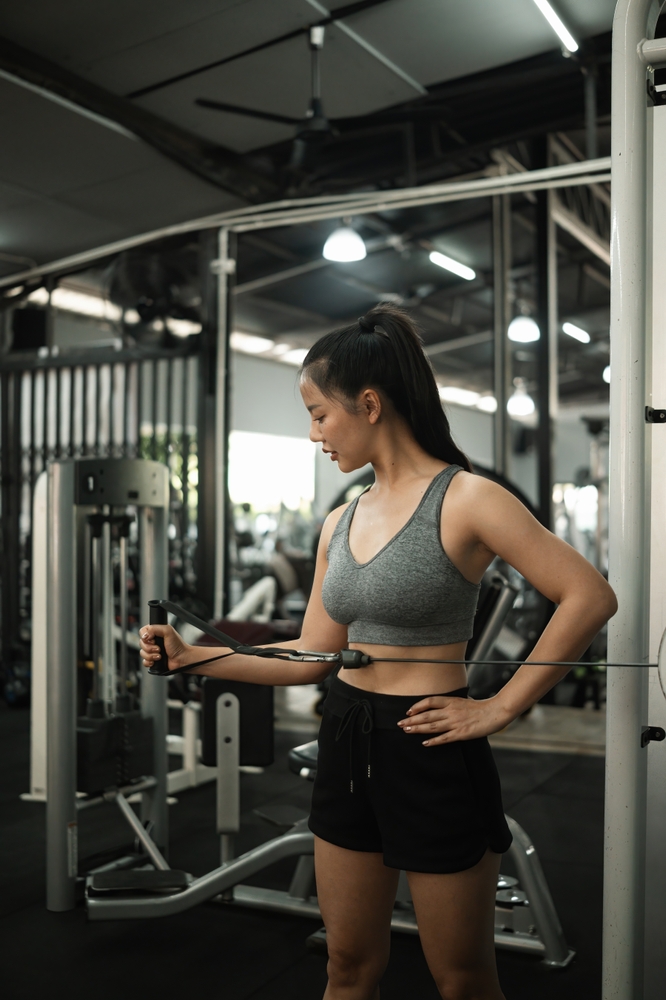
What Is a Very Popular Exercise Used in Upper Extremity Training?
One of the most widely used and research-supported exercises for upper limb rehab is S_houlder external rotation_.
Why it's popular:
- Targets the rotator cuff, which stabilises the shoulder
- Builds control and endurance in post-injury or post-stroke clients
- Can be modified easily for different levels of strength
- Performed standing or seated, even with limited mobility
- Supports return to functional activities like reaching and lifting
How to perform it - using a theraband
- Attach band to a door handle or fixed object at elbow height
- Stand with the affected side closest to the anchor point
- Keep your elbow at 90° and tucked into your side
- Pull the band outward, rotating your forearm away from your body
- Slowly return to the start position
✅ 2–3 sets of 10–15 reps, with rest in between
✅ Ideal for rotator cuff injuries, frozen shoulder, or neurological weakness
Other highly prescribed upper limb rehab exercises:
- Wall walks (to improve shoulder flexion)
- Scapular retraction drills (for postural and shoulder blade control)
- Wrist curls and extensions (for grip strength and hand function)
- Shoulder shrugs and blade squeezes (for upper trap and postural balance)
- Hand therapy putty or ball squeezes (for stroke, arthritis, or fine motor rehab)
These exercises are functional and adaptable, making them a foundation of upper limb recovery plans.
Physio exercises for upper limb rehab – PhysioAdvisor
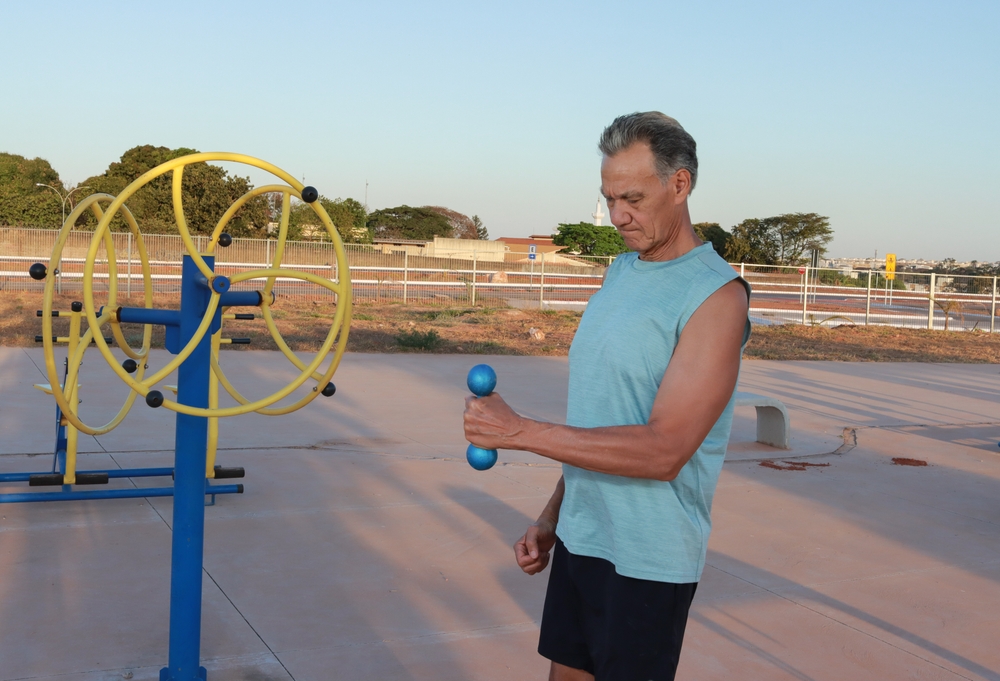
How to Strengthen the Upper Limb?
Strengthening the upper limb requires a progressive, stage-based approach that considers joint protection, movement quality, and long-term function.
Key principles in upper limb strengthening:
- Start with isometrics (holding contraction without movement) to build tolerance
- Progress to low-load, high-rep movements (like Theraband and bodyweight drills)
- Then introduce weighted resistance or functional resistance (e.g. carrying, pushing, lifting)
Focus areas:
Shoulder complex
- Strengthen deltoid, rotator cuff, traps, and scapular stabilisers
- → Exercises: shoulder presses, lateral raises, resisted rotations, scapular wall slides
Upper arm (biceps, triceps)
- Essential for lifting, carrying, and stabilising
- → Exercises: bicep curls, triceps extensions, functional lifting tasks (e.g. basket carries)
Forearm and wrist
- Important for grip, wrist control, and fine motor skills
- → Exercises: wrist curls/extensions, pronation/supination with light weights, squeeze balls
Hand and fingers
- Support handwriting, buttoning, using cutlery
- → Exercises: putty resistance, finger extension bands, dexterity drills (e.g. coin flipping)
Progressive strengthening plan example:
- Early phase – Activation and range of motion: Focus on table slides, isometric holds, and assisted lifts to gently re-engage muscles without overloading them.
- Mid phase – Strength and endurance: Introduce Theraband resistance, wall push-ups, and controlled movements using light weights to build capacity.
- Late phase – Functional integration: Transition to weighted lifts, overhead control, and task-based activities such as reaching, carrying, or transferring objects.
A physiotherapist will tailor this progression to your diagnosis, pain level, and daily goals.
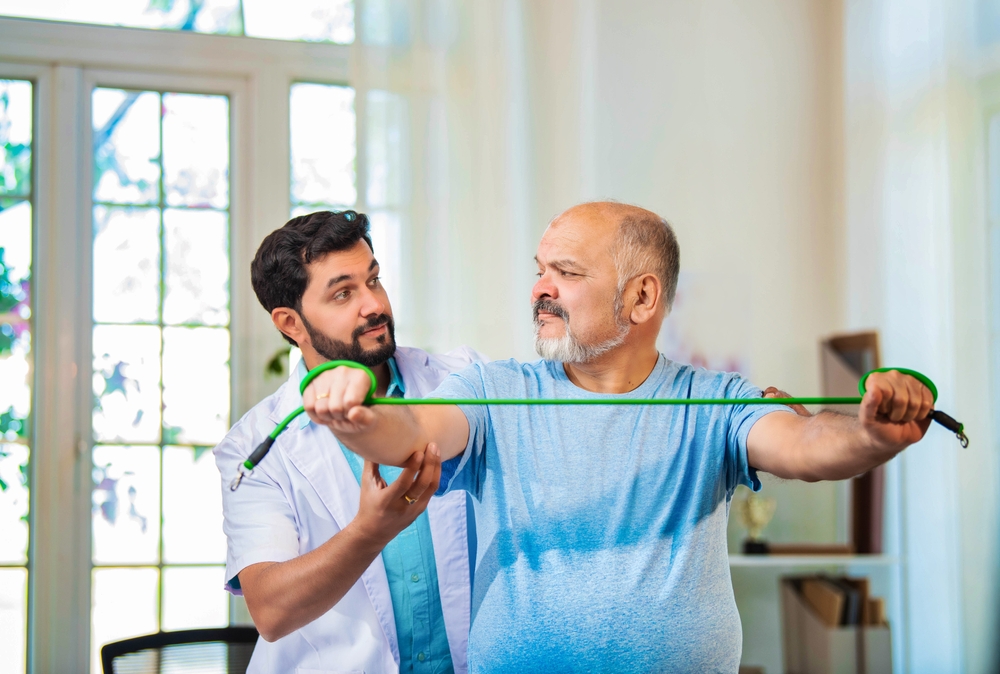
What Causes Weakness in the Upper Limb?
Upper limb weakness is usually the result of injury, disuse, neurological change, or postural imbalance. Identifying the cause helps target the right exercises.
Common causes:
Injury or trauma
- Fractures, tendon tears, dislocations, or joint sprains can cause muscular inhibition or atrophy during recovery.
Neurological conditions
- Stroke, multiple sclerosis, nerve entrapment (e.g. carpal tunnel), and spinal cord injuries disrupt signals between brain and muscles, leading to weakness and motor control loss.
Post-surgical recovery
- Procedures like shoulder arthroscopy or rotator cuff repair require rest, often resulting in rapid loss of strength without early guided rehab.
Immobilisation or inactivity
- Even after a minor injury, prolonged rest (e.g. wearing a sling) can cause muscle shrinkage and stiffness.
Arthritis or joint degeneration
- Chronic pain can cause people to stop using the joint, leading to secondary weakness.
Postural imbalance
- Rounded shoulders, poor core control, or habitual movement patterns can inhibit optimal muscle firing in the upper limbs.
What to do:
- Seek a professional physiotherapy assessment to identify cause and contributing factors
- Use gentle, progressive exercises to avoid compensations or further injury
- Address posture, joint alignment, and neuromuscular control in your program
- Work on both strength and function. Don't lifting more, but move better.
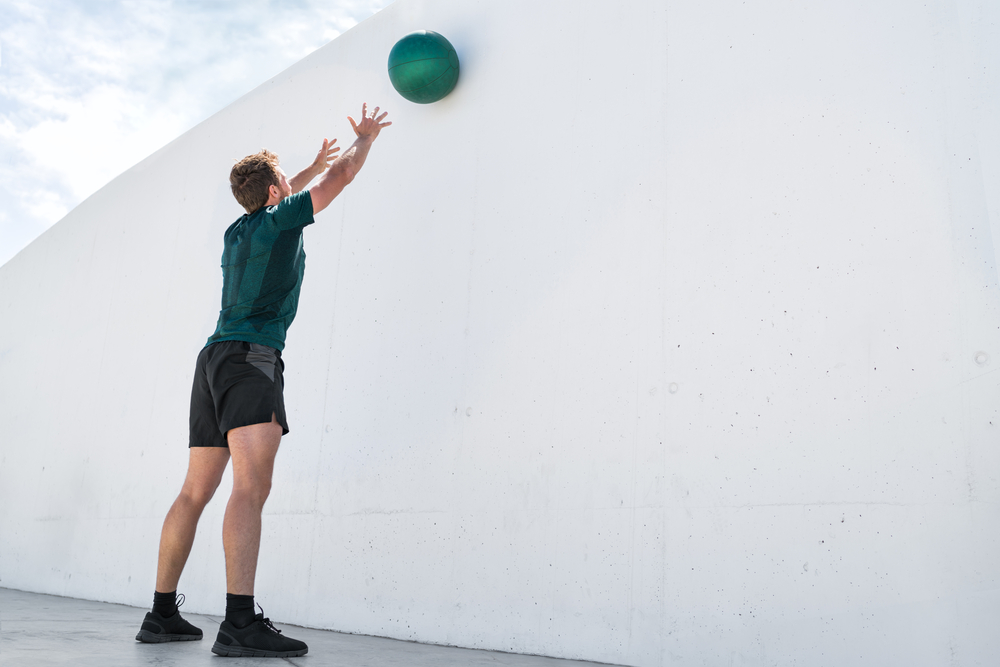
Frequently Asked Questions (FAQs)
How often should I do upper limb rehab exercises?
Most programs include 3–5 days per week with rest days in between. Your physio will adjust based on fatigue, pain, and progress.
Is it normal to feel sore during rehab?
Mild soreness is expected, especially when strengthening. Sharp or joint-specific pain is not, always let your physio know.
Can I do upper limb exercises after a stroke?
Yes. In fact, targeted rehab is essential for regaining control, preventing contractures, and improving function.
Do I need equipment to do these exercises?
Many upper limb exercises can be done with household items (water bottles, towels, benches). Therabands and light weights are optional and often inexpensive.
Is this covered by the NDIS?
Yes. NDIS participants with goals related to mobility, ADLs, or motor skills can access physio under Capacity Building – Improved Daily Living.
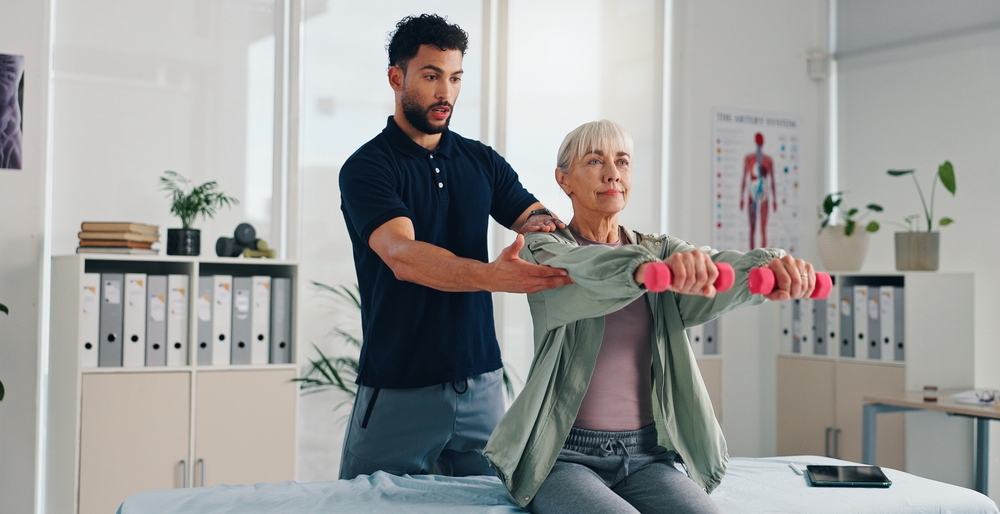
Final thoughts
The upper limb is central to everything from independence to expression. Whether you’re recovering from injury or rebuilding after illness, exercises tailored to your condition can restore confidence, movement, and strength.
Rehabilitation isn’t one-size-fits-all. It’s progressive, intentional, and made more effective with expert support. At Physio Inq, our mobile physiotherapists deliver custom upper limb rehab that fits your body, your home, and your goals.
Next Steps:
Call 1300 731 733 or book online for personalised upper limb rehabilitation guided by expert physiotherapists.
You can also:
- Read more physio guides on our blog
- Explore our Mobile Physiotherapy services
- Ask your coordinator to add upper limb rehab to your NDIS goals
- Request an at-home assessment for a personalised rehab plan
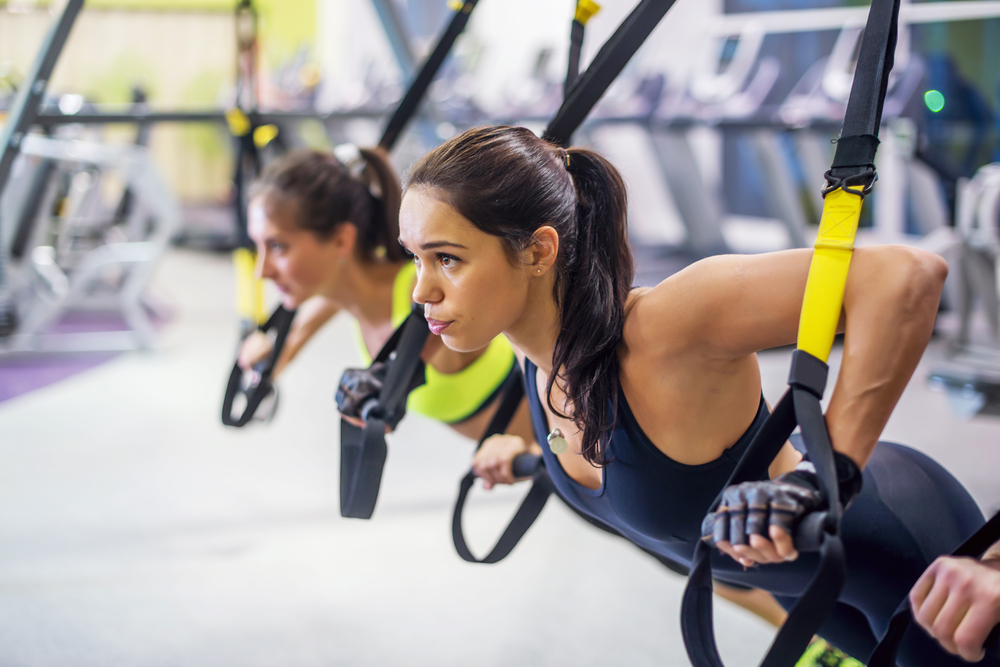
Date Published: Thursday, June 26, 2025
Locate a Mobile Physiotherapy
Service Near me
Get the experience & convinence you deserve to support your or a loved one's allied health needs.
Our Mobile Physiotherapy team are currently serving & taking appointments in the following states and regions in Australia:
Need to get into direct contact with ur Client Services team? We're all ears. Call our team directly on 1300 731 733

